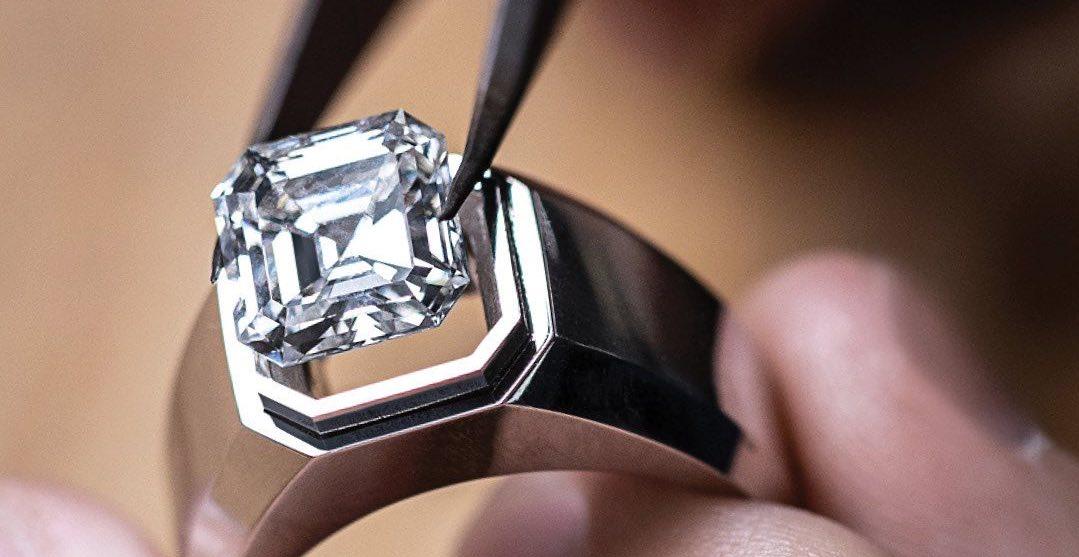Reporter | Chen Qirui Edit | Xu Yue
Nearly a year after being acquired by LVMH, the transformation path of the American luxury jewelry brand Tiffany & Co. has become clearer.
According to Dow Jones data, in the past year, the price of some Tiffany products has increased by 7% to 13% compared with 2020, while the proportion of silver jewelry products with an average price of less than $530 (about 3376 yuan) has also been reduced. Prior to this, silver jewelry products at this price point were Tiffany's main source of revenue, accounting for 45% of total sales in 2016.
On social media such as Xiaohongshu and Weibo, many netizens said that this summer, Tiffany has made a new round of price increases for its products in several markets such as China, South Korea and the United States, with an increase of around 10%. Previously, Interface Fashion had written that since the outbreak of the epidemic, the head luxury brands represented by Chanel and Louis Vuitton have carried out several rounds of price increases.
In response, Tiffany said that rising raw material prices were the main reason for the price increase. Despite the impact of the pandemic, the global diamond industry is showing a rapid recovery. De Beers, the world's largest diamond supplier, noted in the report that strong consumer demand for diamonds in China and the United States, rough diamond inventories, have fallen by about 60% in the past six months, which in turn has pushed up prices.

But from the perspective of Tiffany's transformation goals, whether the price of raw materials rises or not, the price of products will eventually increase sooner or later. After completing the acquisition and personnel restructuring, LVMH made it clear that it would adjust Tiffany's positioning to a higher end. As a brand with American dna, Tiffany & Co. does not have a close intersection with the royal aristocracy like Cartier and Van Cleef & Arpels. The openness and intimacy of American culture is woven into Tiffany's traditions.
The Wall Street Journal pointed out in its analysis that Tiffany's people-friendly cultural temperament may make European luxury groups such as LVMH face challenges in adjusting their positioning to a higher end. Tiffany & Co. currently has more than 300 stores worldwide, two-thirds of which are located outside the United States, but in 2019, 43% of the revenue still came from the US market.
When the growth of the US market began to slow, Tiffany's overall growth rate was also more affected. Over the past few years, Tiffany & Co. has been focusing on the European and Chinese markets, but this is not an easy task.
Centuries-old brands such as Cartier and Bulgari have built awareness in the minds of consumers, and stories of once serving the royal family underpin the high-end positioning and high prices of these brands. Tiffany, on the other hand, mostly tells the story of the brand from the perspective of popular culture, and also positions the luxury brand, but such a narrative is not strong.
Achieving a higher brand positioning requires product, marketing and other efforts, but it also explains to some extent why LVMH Group will raise the positioning of Tiffany by raising the price.
Elevated positioning and youthfulness coexist at Tiffany and Tiffany today. Also because there is not much baggage, Tiffany & Co. is free to launch various co-branded series and marketing ads for younger people.
Since announcing in April 2021 that Park Chae-young, a member of the South Korean women's group Blackpink, has become a global ambassador for the brand, Tiffany & Co. has embarked on a promotional strategy to form a star matrix.
The Beyoncés, American actress Anya Taylor-Joy and Chinese skier Gu Ailing all appeared in the new campaign, while the slogan "Not Your Mother's Tiffany" showed Tiffany's intention to curry favor with younger consumers.
In November and December, Tiffany & Co., Ltd. announced the launch of a co-branded collection by Supreme and Patek Philippe, respectively. Both series sparked a buzz on social media before and after their release, bringing A lot of traffic and attention to Tiffany. This strategy of frequently launching co-branded series is a tried-and-true means for LVMH to promote the transformation of its brands in recent years.
After the completion of the acquisition of the German high-end travel brand Zumova, LVMH launched a joint series with brands such as Supreme and Off-White, turning the also century-old brand in the direction of luxury. Another example is Loro Piana, who recently expanded the brand's range into sneakers and indoor aromatherapy, and launched a joint collection with Hiroshi Fujiwara.
However, the success of Rimova's transformation is largely due to the prevalence of street trends at that time. Under the current trend that the street fashion has receded, whether it is Loro Piana or Tiffany, the extent to which frequent joint names can promote transformation is undoubtedly worth a question mark.